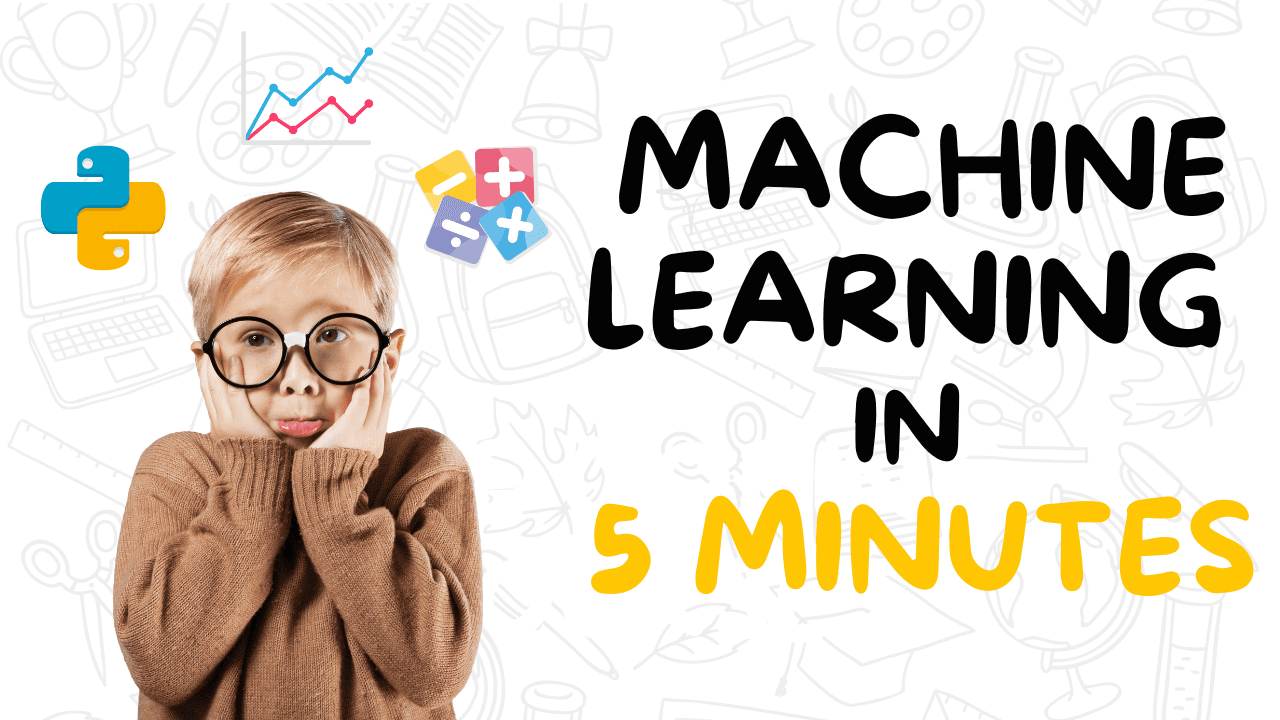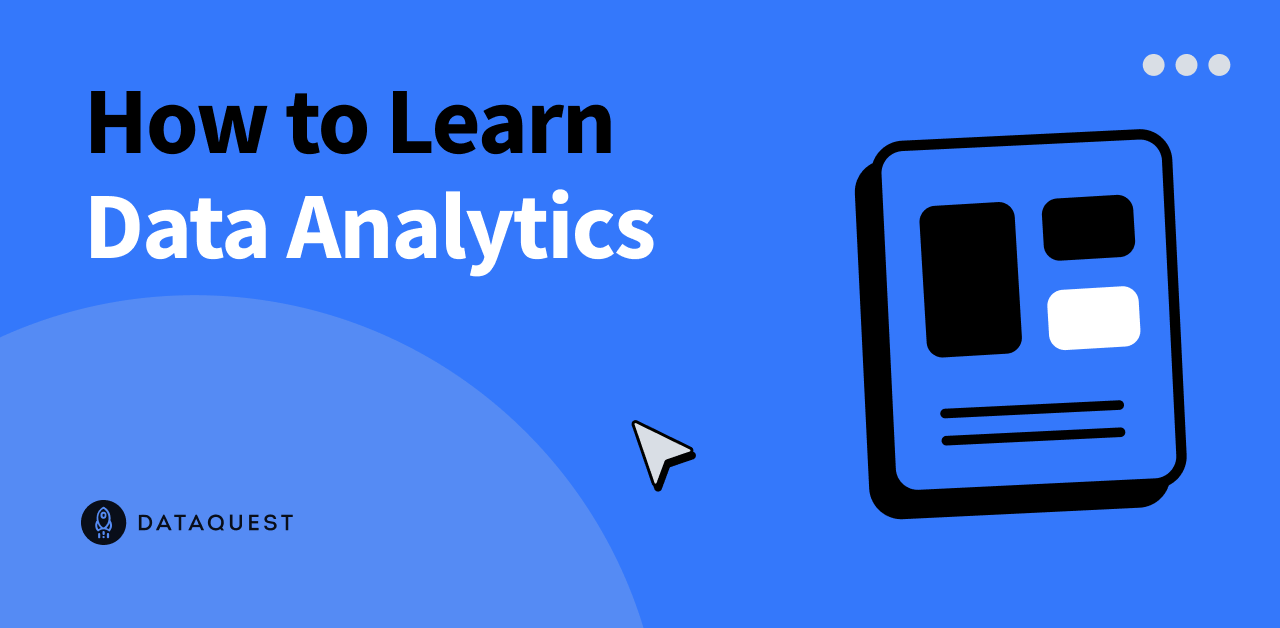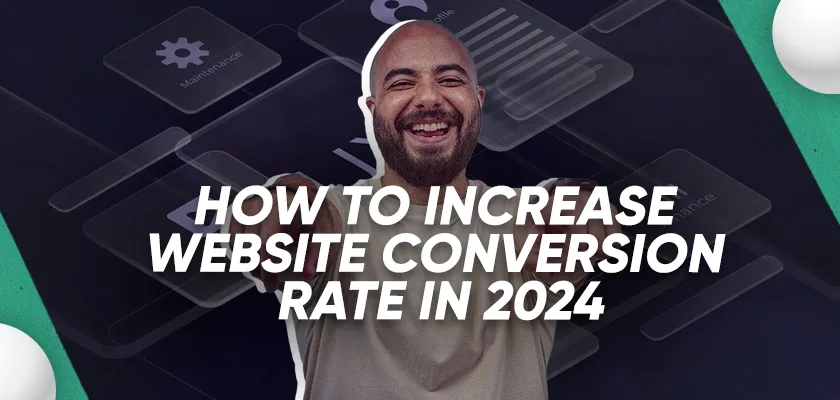After a credit card? An insurance policy? Ever wondered about the three-digit number that shapes these decisions?
Introduction
Scores are used by a large number of industries to make decisions. Financial institutions and insurance providers are using scores to determine whether someone is right for credit or a policy. Some nations are even using social scoring to determine an individual’s trustworthiness and judge their behaviour.
For example, before a score was used to make an automatic decision, a customer would go into a bank and speak to a person regarding how much they want to borrow and why they need a loan. The bank employee may impose their own thoughts and biases into their decision-making process. Where is this person from? What are they wearing? Even, how do I feel today?
A score levels the playing field and allows everyone to be assessed on the same basis.
Generated by DeepAI image generator
Recently, I have been taking part in several Kaggle competitions and analyses of featured datasets. The first playground competition of 2024 aimed to determine the likelihood of a customer leaving a bank. This is a common task that is useful for marketing departments. For this competition, I thought I would put aside the tree-based and ensemble modelling techniques normally required to be competitive in these tasks, and go back to the basics: a logistic regression.
Here, I will guide you through the development of the logistic regression model, its conversion into a score, and its presentation as a scorecard. The aim of doing this is to show how this can reveal insights about your data and its relationship to a binary target. The advantage of this type of model is that it is simpler and easier to explain, even to non-technical audiences.
My Kaggle notebook with all my code and maths can be found here. This article will focus on the highlights.
What is a Score?
The score we are describing here is based on a logistic regression model. The model assigns weights to our input features and will output a probability that we can convert through a calibration step into a score. Once we have this, we can represent it with a scorecard: showing how an individual is scoring based on their available data.
Let’s go through a simple example.
Mr X walks into a bank looking for loan for a new business. The bank uses a simple score based on income and age to determine whether the individual should be approved.
Mr X is a young individual with a relatively low income. He is penalised for his age, but scores well (second best) in the income band. In total, he scores 24 points in this scorecard, which is a mid-range score (the maximum number of points being 52).
A score cut-off would often be used by the bank to say how many points are needed to be accepted based on internal policy. A score is based on a logistic regression which is built on some binary definition, using a set of features to predict the log odds.
In the case of a bank, the logistic regression may be trying to predict those that have missed payments. For an insurance provider, those who have made a claim before. For a social score, those that have ever attended an anarchist gathering (not really sure what these scores would be predicting but I would be fascinated to know!).
We will not go through everything required for a full model development, but some of the key steps that will be explored are:
Weights of Evidence Transformation: Making our continuous features discrete by banding them up as with the Mr X example.
Calibrating our Logistic Regression Outputs to Generate a Score: Making our probability into a more user-friendly number by converting it into a score.
Representing Our Score as a Scorecard: Showing how each feature contributes to the final score.
Weights of Evidence Transformation
In the Mr X example, we saw that the model had two features which were based on numeric values: the age and income of Mr X. These variables were banded into groups to make it easier to understand the model and what drives an individual’s score. Using these continuous variables directly (as oppose to within a group) could mean significantly different scores for small differences in values. In the context of credit or insurance risk, this makes a decision harder to justify and explain.
There are a variety of ways to approach the banding, but normally an initial automated approach is taken, before fine-tuning the groupings manually to make qualitative sense. Here, I fed each continuous feature individually into a decision tree to get an initial set of groupings.
Once the groupings were available, I calculated the weights of evidence for each band. The formula for this is shown below:
Formula for Weights of Evidence (WoE). The distributions can be flipped to reverse the relationship in your features.
This is a commonly used transformation technique in scorecard modelling where a logistic regression is used given its linear relationship to the log odds, the thing that the logistic regression is aimed to predict. I will not go into the maths of this here as this is covered in full detail in my Kaggle notebook.
Once we have the weights of evidence for each banded feature, we can visualise the trend. From the Kaggle data used for bank churn prediction, I have included a couple of features to illustrate the transformations.
Image by author
The red bars surrounding each weights of evidence show a 95% confidence interval, implying we are 95% sure that the weights of evidence would fall within this range. Narrow intervals are associated with robust groups that have sufficient volume to be confident in the weights of evidence.
For example, categories 16 and 22 of the grouped balance have low volumes of customers leaving the bank (19 and 53 cases in each group respectively) and have the widest confidence intervals.
The patterns reveal insights about the feature relationship and the chance of a customer leaving the bank. The age feature is slightly simpler to understand so we will tackle that first.
As a customer gets older they are more likely to leave the bank.
The trend is fairly clear and mostly monotonic except some groups, for example 25–34 year old individuals are less likely to leave than 18–24 year old cases. Unless there is a strong argument to support why this is the case (domain knowledge comes into play!), we may consider grouping these two categories to ensure a monotonic trend.
A monotonic trend is important when making decisions to grant credit or an insurance policy as this is often a regulatory requirement to make the models interpretable and not just accurate.
This brings us on to the balance feature. The pattern is not clear and we don’t have a real argument to make here. It does seem that customers with lower balances have less chance to leave the bank but you would need to band several of the groups to make this trend make any sense.
By grouping categories 2–9, 13–21 and leaving 22 on its own (into bins 1, 2 and 3 respectively) we can start to see the trend. However, the down side of this is losing granularity in our features and likely impacting downstream model performance.
Image by author
For the Kaggle competition, my model did not need to be explainable, so I did not regroup any of the features and just focused on producing the most predictive score based on the automatic groupings I applied. In an industry setting, I may think twice about doing this.
It is worth noting that our insights are limited to the features we have available and there may be other underlying causes for the observed behaviour. For example, the age trend may have been driven by policy changes over time such as the move to online banking, but there is no feasible way to capture this in the model without additional data being available.
If you want to perform auto groupings to numeric features, apply this transformation and make these associated graphs for yourselves, they can be created for any binary classification task using the Python repository I put together here.
Once these features are available, we can fit a logistic regression. The fitted logistic regression will have an intercept and each feature in the model will have a coefficient assigned to it. From this, we can output the probability that someone is going to leave the bank. I won’t spend time here discussing how I fit the…
Source link






















